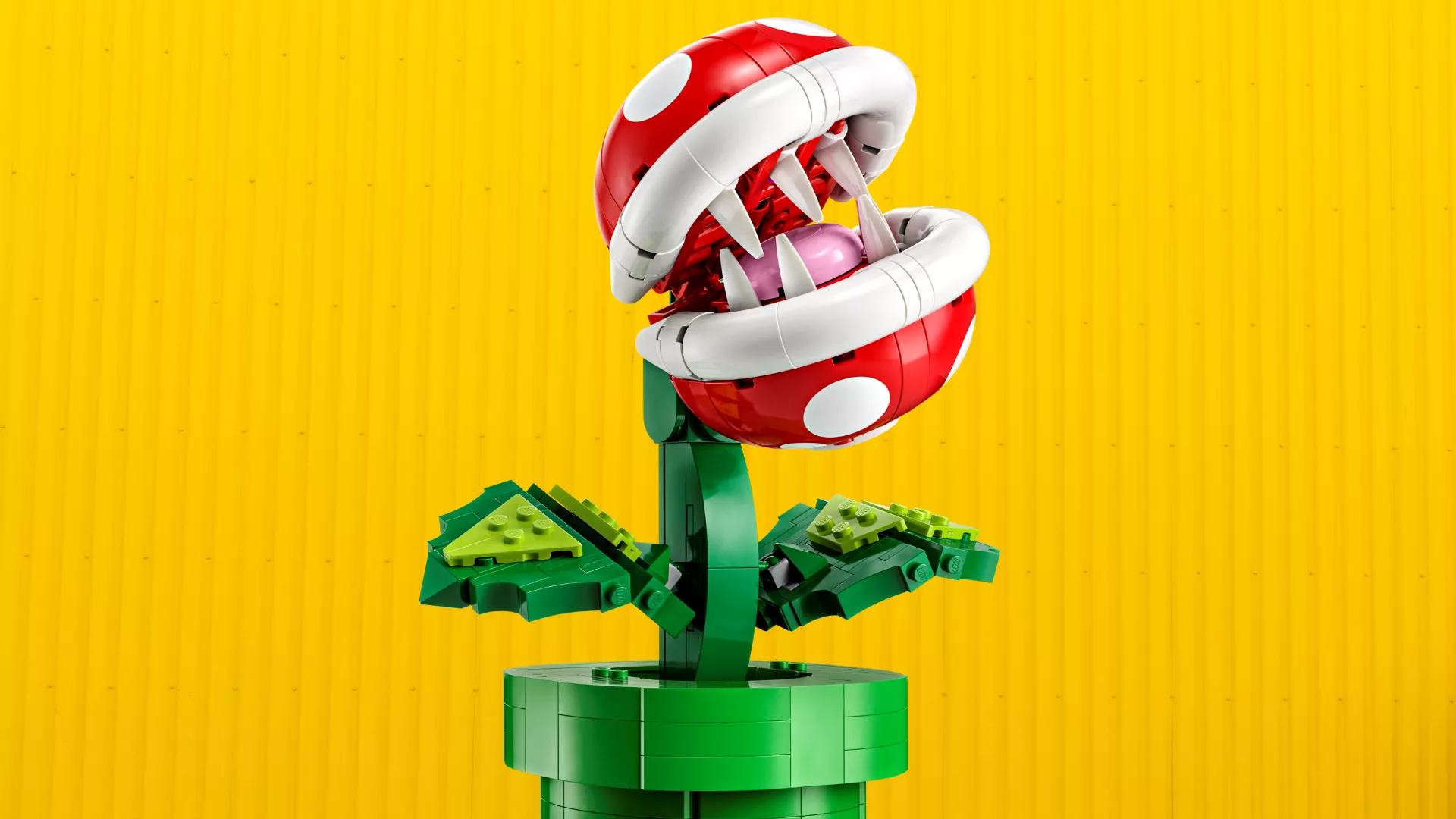Thirty years ago, LEGO ventured beyond its iconic physical blocks, introducing Fun to Build, a game exclusive to Japan’s Sega Pico console. Fast forward, and LEGO’s digital landscape has flourished into a vibrant empire, offering a myriad of gaming experiences to a diverse audience.
The evolution of video games has brought significant industry changes, reshaping how games are accessed and valued, especially among different generations. LEGO’s gaming legacy is often linked to TT Games, the creators of beloved titles featuring franchises such as Star Wars, Batman, and Harry Potter. However, LEGO’s digital horizons now extend beyond, embracing collaborations with other renowned developers like Annapurna’s LEGO Voyagers and the Nintendo-inspired LEGO Party. Not to mention, the intriguing world of LEGO Fortnite awaits exploration.
The Future of LEGO Gaming
In discussions with LEGO’s gaming leadership, including Fredrik Löving, the Senior Vice President of LEGO Game, and Kari Vinther Nielsen, Head of Product, the shift in gaming preferences is evident. Modern gamers, especially those growing up with Minecraft, Roblox, and Fortnite, are seeking social interactions across various platforms. Despite these shifts, LEGO remains committed to catering to traditional gaming enthusiasts.
Löving emphasizes, “Understanding today’s kids is crucial. There’s been a paradigm shift in gaming. **For the new generation, games are more about social interaction with friends than solitary experiences.**” This perspective is corroborated by the success of social games like Grow a Garden and Steal the Brainrot, which have captured record-breaking engagement on platforms like Roblox, an area LEGO is yet to explore.
LEGO’s Digital Evolution
Nielsen reflects on her experiences with LEGO Worlds, which allowed players to construct digital models, embodying the essence of LEGO bricks in a virtual realm. Despite its uniqueness, it faced challenges against competitors like Minecraft. The ongoing challenge is to adapt to current playstyles while maintaining the LEGO identity. Nielsen remarks, “It’s about diversifying play, embracing inclusivity, and adapting to how children engage with games today.”
LEGO’s recent releases, including LEGO Party and LEGO Voyagers, exemplify its strategy of offering varied gaming experiences to suit different audiences, from family-friendly gatherings to challenging solo adventures. Meanwhile, the dynamic world of LEGO Fortnite continues to evolve, with its prominent feature, LEGO Fortnite Odyssey, being a significant hit. Players can also enjoy creating mini-games, with future enhancements promising to expand these capabilities.
Balancing Tradition and Innovation
LEGO remains committed to its roots, as seen in the upcoming release of LEGO Batman: Legacy of the Dark Knight, which was warmly received at Gamescom 2025. This illustrates LEGO’s dedication to traditional gaming experiences, which are integral to its brand identity.
Löving shares a personal anecdote, “I passed down the Star Wars saga to my son through a LEGO game. It was more than just playing; it was about sharing a fandom.” This embodies LEGO’s vision of fostering intergenerational play, blending nostalgia with new experiences.
As LEGO embarks on its fourth decade in the digital arena, it continues to push boundaries with innovative play concepts, from early robotics with MindStorms to interactive LEGO Super Mario sets. The brand’s exploration of digital play underscores its intent to blend creativity with modern technology.
